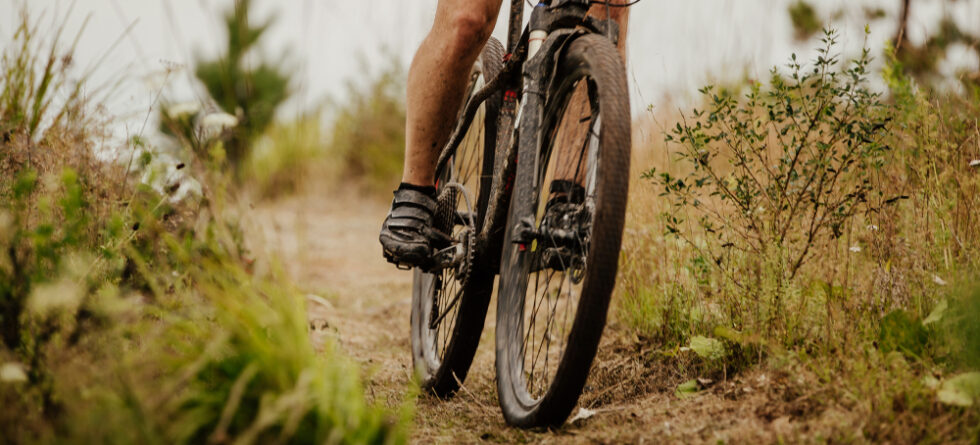Biking can be an excellent form of exercise during ACL (anterior cruciate ligament) rehabilitation, but it’s essential to approach it with caution and under the guidance of a healthcare professional or physical therapist.
Here’s why biking can be beneficial…
- Low-Impact Exercise – Cycling is a low-impact activity, which means it puts minimal stress on the knee joint compared to high-impact exercises like running or jumping. This makes it suitable for individuals recovering from ACL surgery or injuries, as it reduces the risk of aggravating the knee while still providing cardiovascular benefits.
- Range of Motion – Biking can help improve knee range of motion without placing excessive strain on the joint. Gradually pedaling through a full range of motion can aid in restoring flexibility and mobility in the knee after surgery or injury.
- Strength Building – Cycling engages the muscles around the knee, including the quadriceps, hamstrings, and calves, which can help strengthen the muscles supporting the knee joint. Building strength in these muscles is crucial for knee stability and preventing future injuries.
- Cardiovascular Fitness – Maintaining cardiovascular fitness is important during ACL rehabilitation, and cycling provides a good cardiovascular workout without overstressing the knee. Cycling can help improve endurance, lung capacity, and overall cardiovascular health.
- Controlled Environment – Cycling can be performed in a controlled environment, such as on a stationary bike or a bike trainer, which allows for adjustments in intensity, resistance, and duration. This enables individuals to gradually progress their exercise regimen based on their rehabilitation goals and tolerance levels.
- Functional Movement Patterns – Biking involves similar lower body movement patterns to walking and stair climbing, making it a functional exercise that can help improve gait mechanics and proprioception during ACL rehab.
However, it’s essential to consider individual factors such as the stage of rehabilitation, level of knee stability, and any specific restrictions or limitations before incorporating biking into an ACL rehab program. Proper bike setup, including saddle height and handlebar position, is important to ensure optimal biomechanics and reduce the risk of further knee issues.
As with any exercise during ACL rehab, it’s recommended to consult with a healthcare professional or physical therapist who can provide personalized guidance and recommendations based on your individual needs and progress. They can help determine if biking is appropriate for your specific situation and provide modifications or adjustments as needed to support your recovery journey.




